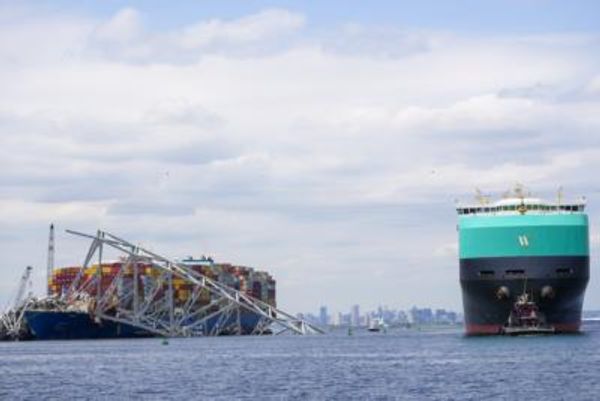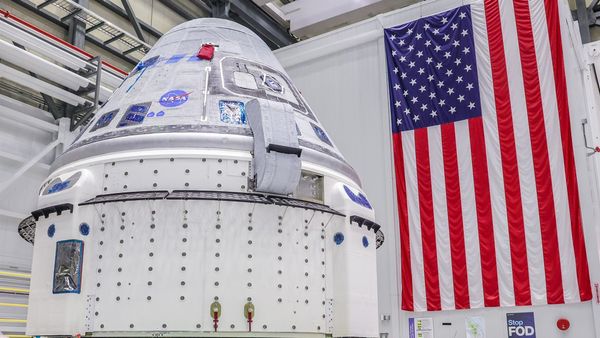
Our helmets are undeniably the most important piece of gear we wear every time we ride our motorcycles. Sure, they can look really cool styled in various ways and sporting a variety of graphics, however, a lot of us are guilty of taking safety ratings for granted. In the U.S. as well as in parts of Asia, the safety certification for a helmet to be qualified for motorcycle use tends to be very lax. In Europe, however, it’s a completely different story.
The ECE standard has long been seen as the go-to when it comes to motorcycle helmet safety. It’s subject to quite a bit of testing, with manufacturers required to follow certain parameters to guarantee their products’ safety. That being said, the outgoing ECE 22.05 system is starting to look dated, with new technology surrounding helmet design popping up left and right. This is why, since January 2022, the new ECE 22.06 standard has been in effect, and from July 2022, will be the only standard acceptable in Europe. Naturally, given the implementation of such change, a lot of questions from riders over in Europe have been popping up.

Quite a few things will change when it comes to overall helmet design. The new ECE 22.06 system has introduced several new tests which are a lot more rigorous than the previous standard, including rotational tests, as well as a variety of other impact testing from all angles. Italian motorcycling publication Moto.IT goes into detail about what these changes could manifest as. For starters, it’s possible that new 22.06 helmets will have a thicker shell, especially those made out of plastic. Fiberglass and carbon fiber shells may be able to retain their standard thickness, but will certainly see revisions to the internal polystyrene lining.
Unsurprisingly, with new technology comes added costs, and this is no different when it comes to helmets. As such, we can expect the helmets conforming to the ECE 22.06 standard to be slightly more expensive than those of the previous ECE 22.05 standard. Companies have been investing years of R&D, as well as funding to retool their facilities, so there’s no doubt that the consumers will have to absorb these added costs. Of course, expect manufacturers to continue selling budget-focused helmets catering to those on a budget.
The new ECE 22.06 standard could also potentially affect the accessories previously fitted as aftermarket in older helmets. This means communicators, action cameras, and other add-ons will have to be included in the testing process. It’s still unclear now, as to whether or not the entire sub-industry dedicated to helmet accessories will be affected, but heightened safety considerations surrounding these products certainly aren’t out of the question.
Lastly, if those of you who still have their older 22.05 helmets have been wondering whether or not you could still legally wear them on the street, you can now breathe a sigh of relief. Yes, you can still use your previously homologated helmet, as the rule only governs the approval of new helmets from manufacturers. That said, it’s highly recommended that you ensure your current helmet is in excellent condition, and is still well within its service life, which has been determined to be anywhere from four to six years.







